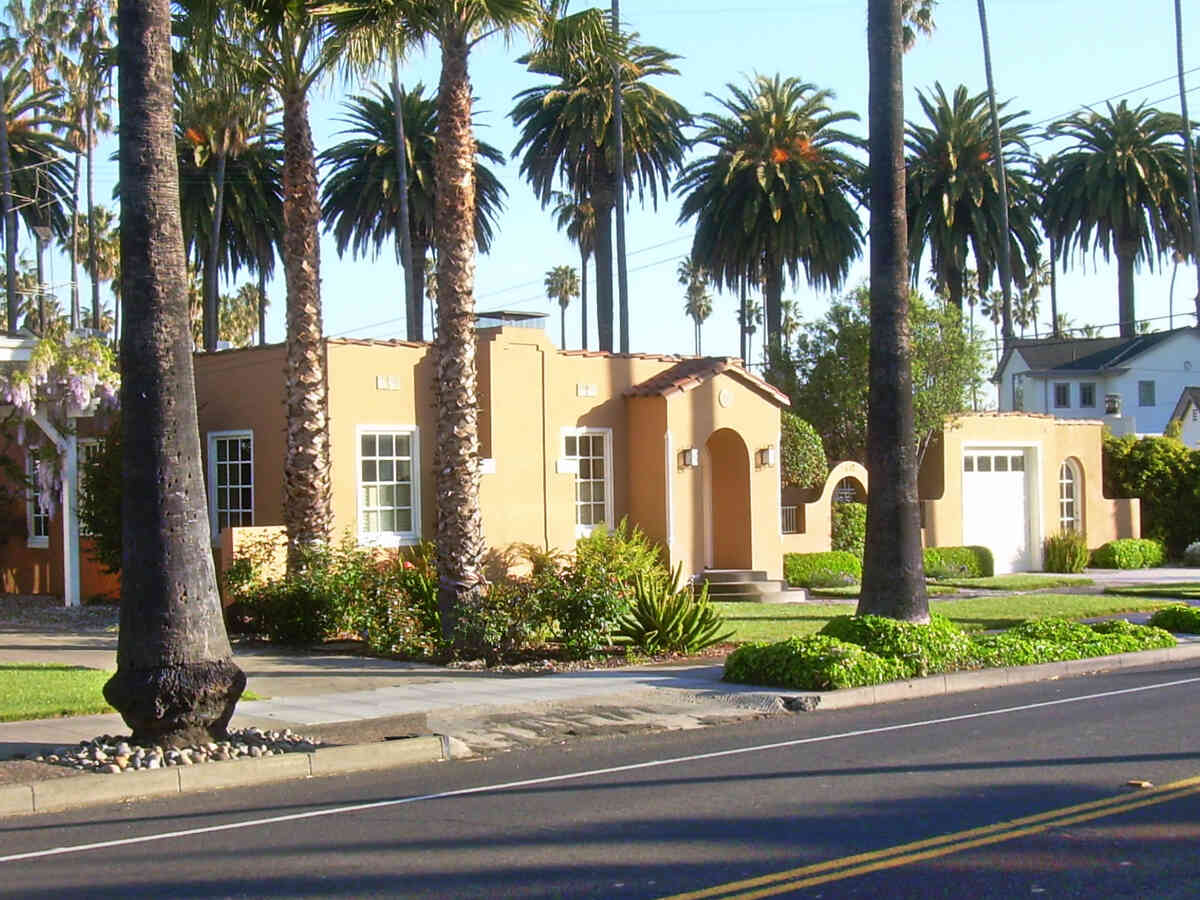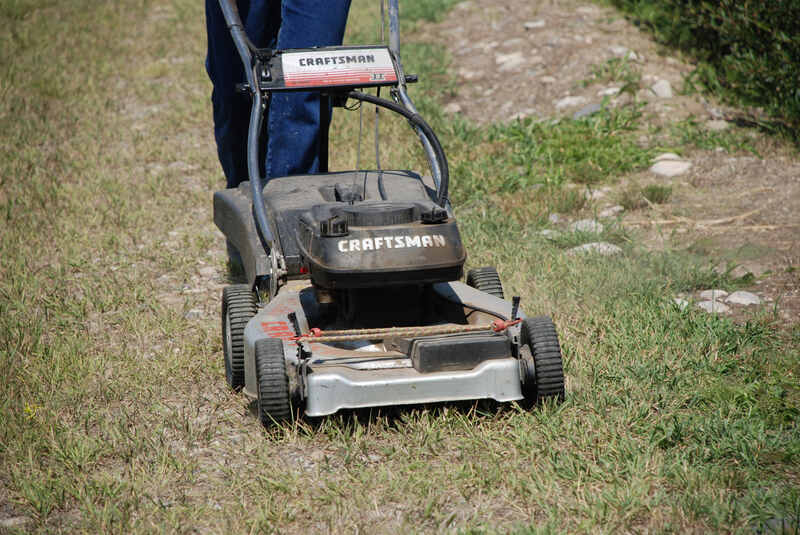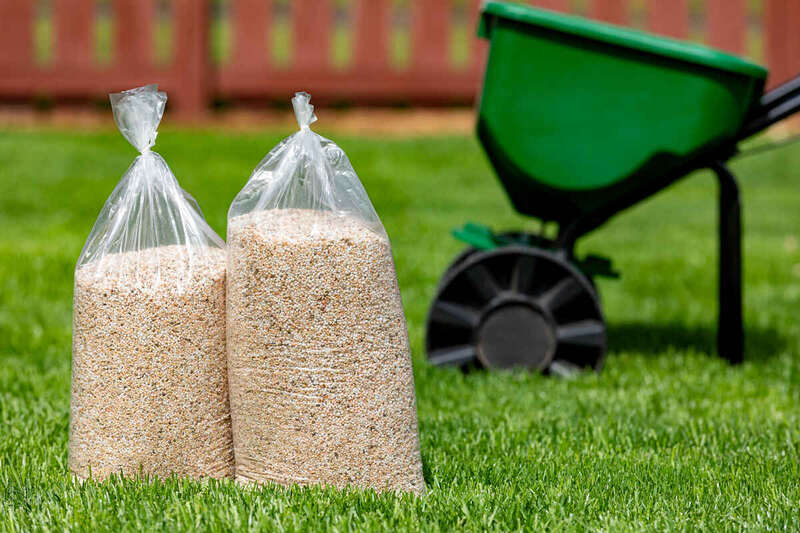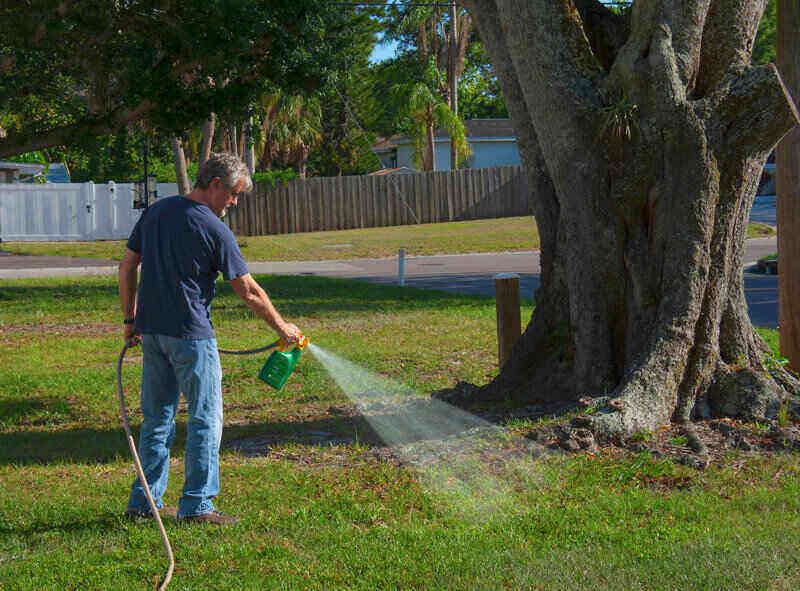
Spring in the capital of Silicon Valley brings a welcome change with blooming flowers and mild, sunny days. It’s the perfect time to give your lawn a fresh start after the cooler months. To help you maintain a vibrant yard, check out these spring lawn care tips for San Jose.
It all starts with getting your lawn mower and string trimmer ready for the season so you’re ready to restart your mowing routine.
1. Restart Your Mowing Routine

As spring arrives, check your lawn for signs of growth. Once the grass starts growing again, it’s time to restart your mowing routine. However, mowing correctly is just as important as mowing regularly.
One key rule to follow is to never remove more than one-third of the grass blade in a single mowing session. Cutting too much at once can stress the grass, weaken its roots, and make it more susceptible to pests and diseases.
By gradually reducing the height over multiple mowings, you’ll help your lawn stay healthy throughout the season.
See Related:
— Lawn Mowing Tips: How to Mow a Lawn the Right Way
— When to Mow Your Yard this Spring
— How to Mow Tall Grass In Your Lawn
2. Dethatch Your Lawn

Thatch is a layer on your lawn that’s often a mix of soil, leaves, and other organic matter. While a little bit of thatch can actually benefit your grass, too much of can attract lawn diseases and lawn pests. Clear away excess thatch with a rake or power rake, which are especially useful for this.
Thatch tends to build up when a lawn is overwatered or overfertilized, but overall, you should dethatch your lawn in San Jose once a year, in mid-to-late spring or early fall.
See Related:
— Top 10 Benefits of Dethatching the Lawn
— When and How to Dethatch Your Lawn
— How Much Does Lawn Dethatching Cost?
3. Fertilize the Grass

Fertilizing in spring gives your grass the nutrients it needs to thrive, but the timing depends on whether you have warm-season or cool-season grass. Both types are common in San Jose, so it’s important to tailor your approach:
- Cool-season grasses: For grasses like tall fescue and perennial ryegrass, fertilize in March and again in May to support them while they’re actively growing.
- Warm-season grasses: For grasses like Bermudagrass, wait until the grass has fully greened up, which typically happens in May, before applying fertilizer.
For tips on how to identify which grass is in your San Jose lawn, check out our article: Best Grass Types in San Jose
See Related:
— Guide to Cool-Season Grasses
— Guide to Warm-Season Grasses
— When to Fertilize Your Lawn in California
4. Control Weeds

Spring is prime time for pesky weeds to start appearing in your lawn, including the notorious crabgrass. To keep these unwelcome invaders at bay, apply a pre-emergent herbicide when soil temperatures reach 58 degrees or once your lawn has fully greened up, typically in April or May.
If weeds still manage to pop up, don’t worry. You can manually remove them, making sure to pull out the roots to prevent regrowth, or use a post-emergent herbicide to tackle established weeds.
See Related:
— Common California Weeds
— When and How to Apply Crabgrass Preventer
— Types of Post-Emergent Herbicides
— Best Post-Emergent Herbicides
— Best Pre-Emergent Herbicides for Lawns
Help Your Lawn Thrive This Spring
Spring is the perfect time to give your lawn in San Jose the care it needs to thrive. From mowing and fertilizing to tackling weeds, these tips will help you create a lush lawn ready for the warmer months ahead.
Need professional help? Visit our San Jose lawn care page to hire an experienced local LawnStarter lawn care pros. We also serve other California cities, including San Francisco and Sacramento.
Read More:
— Best Types of Grass for California
— Should You Plant a Clover Lawn in California
— California Native Grasses to Replace Your Lawn
— California’s Green Lawn Care Law
— Top FAQs About California’s Green Lawn Care Law
Main Image Credit: David Sawyer / Flickr / CC BY-SA 2.0